What is Phonological Awareness That Helps Kids Develop Early Reading & Writing Skills?
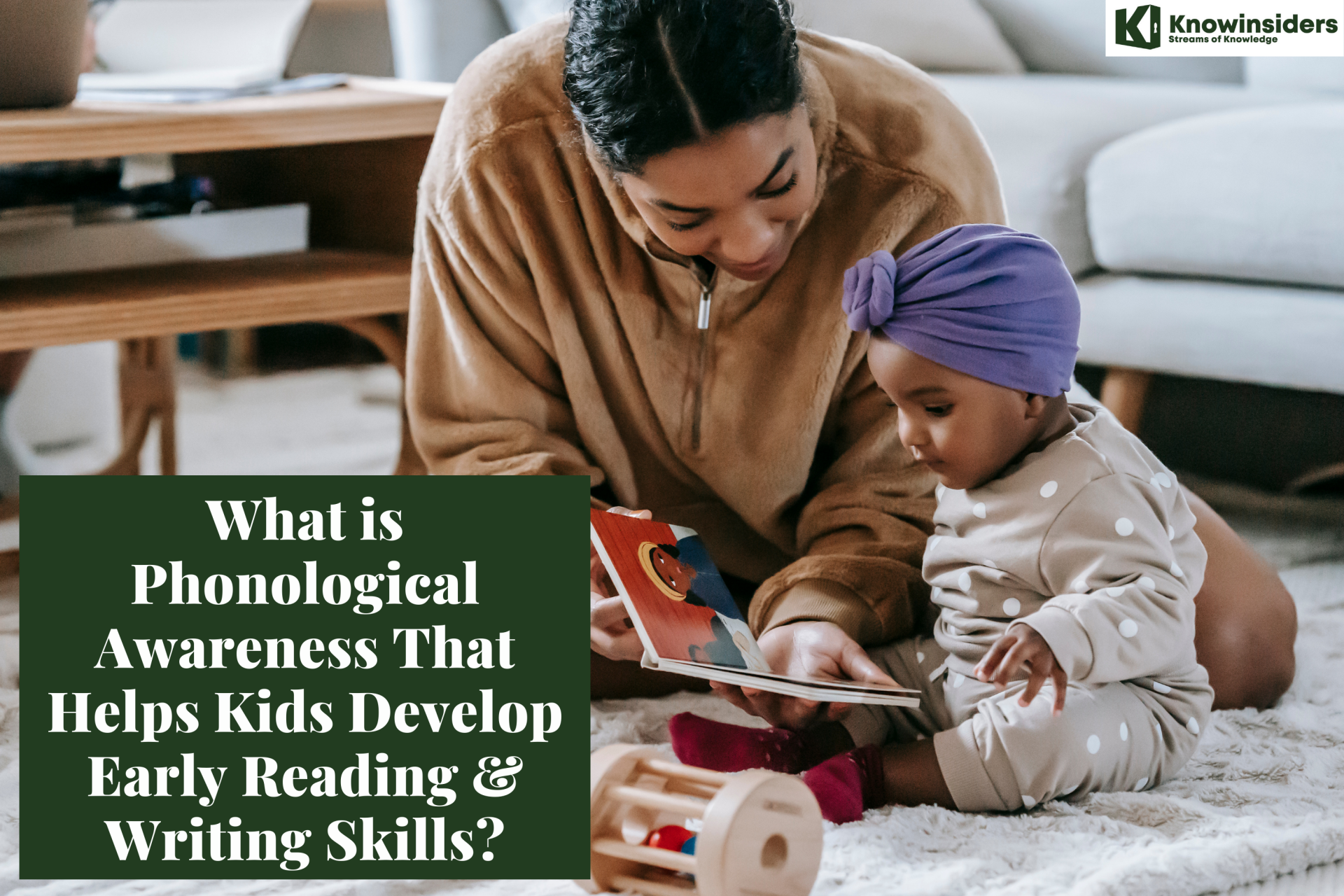 |
| What is Phonological Awareness That Helps Kids Develop Early Reading & Writing Skills? |
Please refer to the article below to clearly see the importance of the Phonological Awareness method!
An early skill in learning to read has as much to do with hearing how words sound as it does with seeing how words are written. Phonological awareness involves being able to recognize and manipulate the sounds within words. An example of phonological awareness is hearing in your mind the word created by replacing the first sound in “fish” with the first sound in “day,” to make the word, “dish”.
It is not a coincidence that the individual sounds in words map onto the letters of the alphabet. This mapping is a key part of the role phonological awareness plays in learning to read. However, being able to identify the sounds in words is not as easy as it seems. Many students enter kindergarten already knowing a lot about how the sounds in words map onto letters, but some students do not. For example, students with dyslexia often have more difficulty hearing the sounds in words and mapping them onto letters than other students. For students with dyslexia high-quality instruction and intervention to develop phonological awareness skills is critical.
Learning to identify the sounds in words through instruction happens best when the sounds are explicitly connected to the letters they represent. This mapping is the essence of the alphabetic principle. When this mapping is well developed, it allows readers to accurately read, or decode, about 70% of the single-syllable words they will encounter in text. In addition, when readers encounter a word in print for the first time and understand the alphabetic principle, the odds are very good they will read the word correctly.
There are several ways to effectively teach phonological awareness to prepare early readers:
What is Phonological Awareness?
Phonological awareness is the explicit understanding of a word’s sound structure (Gillon, G., 2002). As a child develops phonological awareness, the child will not only come to understand that words are made up of phonemes, but also she/he will learn that phonemes can be “put together” to form syllables. Additionally, the child will begin to learn that words have an “onset” (sounds before the vowel in a word) and “rime” (the vowel-consonant combination of a word). Phonological awareness skills include the following: rhyming, alliteration, sentence segmentation, syllables, and onset-rimes.
What are phonemes?
In the simplest words, phonemes are the smallest units of sound in a spoken word that make a difference in the meaning of that word.
For example, the word ‘hat’ has three phonemes, /h/, /a/, and /t/. Changing the first phoneme /h/ with /c/ will change the word to ‘cat’ and thus also changes the meaning.
Similarly, the word ‘fish’ has three phonemes, /f/ /i/ /sh/ and the word ‘sheep’ has three phonemes, /sh/ /ee/ /p/.
What is phonemic awareness?
Phonemic awareness consists of three pieces. The first piece is the phoneme, the linguistic unit; the second concerns the explicit awareness of this unit, and the third involves the ability to manipulate this unit.
Why is phonemic awareness important?
Phonemic awareness in itself doesn’t involve the use of print, but it is still one of the most important building blocks to develop skills of reading and spelling.
Understanding the connection that words are made up of phonemes and that phonemes are represented by graphemes or letters is a vital skill for understanding print.
Children who are able to identify and process phonemes rapidly are able to read more fluently, because of this rapid processing.
Fluent reading depends on the students developing their phonemic awareness to the point of automaticity, and thus easily comprehending what they’re reading. Without this understanding, students rely on inefficient decoding methods and coping strategies like memorization.
While these alternate methods enable kids to begin reading, as the text gets complex, it becomes challenging for the students to comprehend what they are reading when they are too focused on decoding.
What is the Difference between Phonological Awareness and Phonemic Awareness?
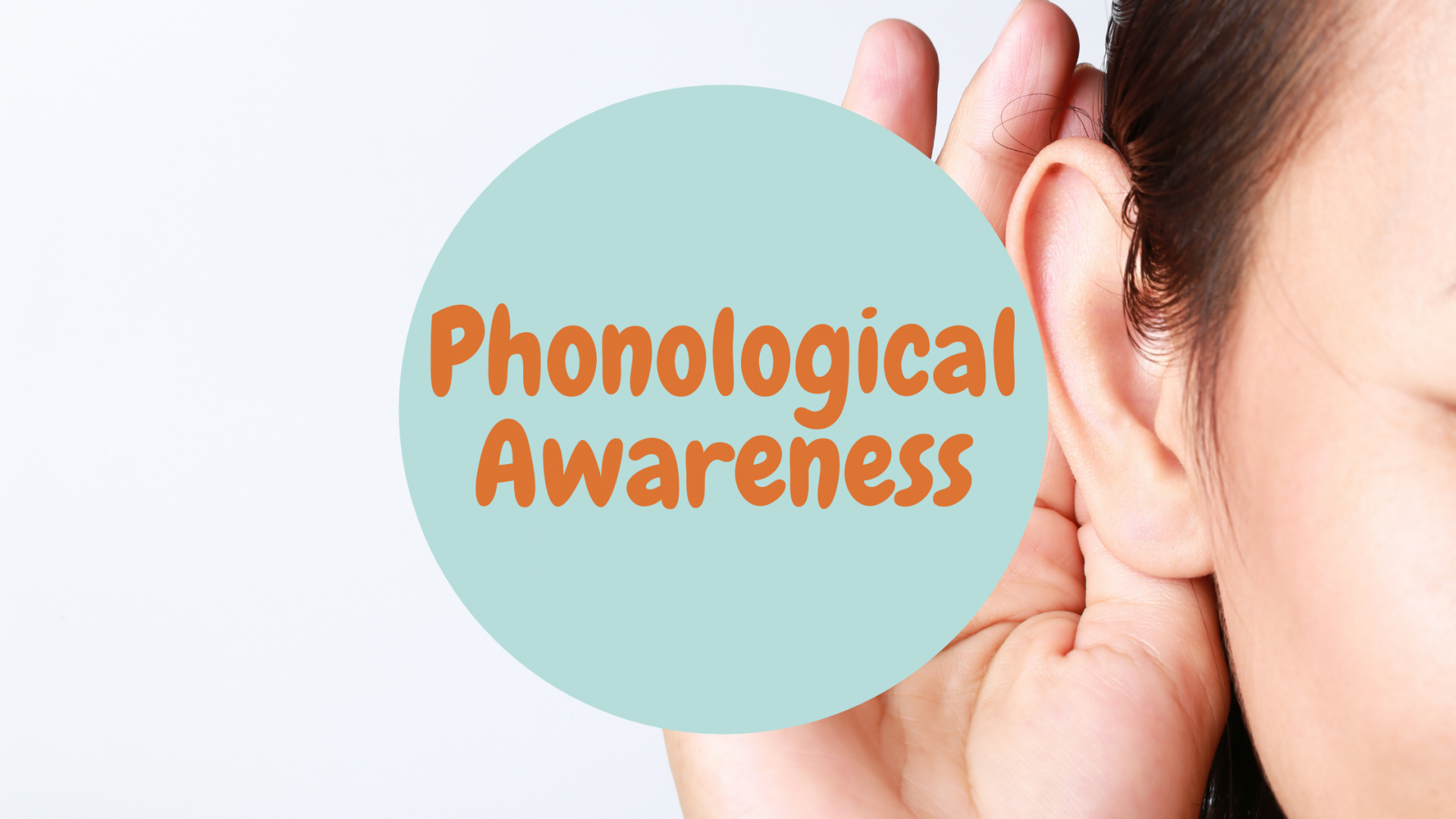 |
| Photo: theearlylearningplace |
The two words are widely used interchangeably. Although they deal with similar skills, they are not exactly the same.
Phonological awareness is an umbrella concept that contains phonics, and phonemic awareness. Whereas, phonemic awareness is the ability to understand the “phonemes”- the smallest unit of sound that words make.
For example the word ‘bat’ has three phonemes: /b/ /æ/ and /t/. When your child is able to understand and identify different sounds that make up a word, that is called phonemic awareness.
Phonemic awareness is a subset of phonological awareness.
While phonemic awareness is concerned primarily with the phonemes, phonological awareness encompasses the sounds of words, syllables as well as phonemes. Phonemic awareness, then, becomes one of the stages of phonological awareness.
We can teach phonemic awareness to kids without any letters as it focuses more on making them aware that there are sounds that can be blended, segmented, and manipulated in any word.
Phonological and phonemic awareness and phonics: different but interrelatedSometimes phonological and phonemic awareness are confused with phonics; they are two different yet interrelated skills. Phonological and phonemic awareness refer to spoken language — the understanding that the sounds of spoken language work together to make words. Phonics refers to the alphabetic principle — the idea that letters represent the sounds of spoken language. Children who cannot hear and work with the phonemes of spoken words will have a difficult time learning how to relate these phonemes to letters when they see them in written words. |
Which age group the Phonological Awareness method is usually applied?
The PA method is usually taught to children 3 years of age and older. Why 3 years old and not some other number? Scientific research shows that 3 years old is an appropriate age in learning English. This is the age when children develop cognitively and absorb very quickly. Memory and reflexes are also markedly developed. Therefore, parents should consider letting children learn English from this age; to help children learn English more effectively.
Why Phonological Awareness Is Important for Reading and Spelling
 |
| Photo: bundoo |
Phonological awareness is one of the most important foundational skills that a child needs not just for reading but for writing as well.
In order to read and write words, it is essential for children to develop phonological awareness. It helps them in understanding that words are made up of phonemes, and there are syllables in a word, and how on changing these sound parts, the word changes.
This fact is well proven: Phonological awareness is critical for learning to read any alphabetic writing system (Ehri, 2004; Rath, 2001; Troia, 2004). Phonological awareness is even important for reading other kinds of writing systems, such as Chinese and Japanese. There are several well-established lines of argument for the importance of phonological skills to reading and spelling.
1. Phoneme awareness is necessary for learning and using the alphabetic code
English uses an alphabetic writing system in which the letters, singly and in combination, represent single speech sounds. People who can take apart words into sounds, recognize their identity, and put them together again have the foundation skill for using the alphabetic principle (Liberman, Shankweiler, & Liberman, 1989; Troia, 2004). Without phoneme awareness, students may be mystified by the print system and how it represents the spoken word.
Students who lack phoneme awareness may not even know what is meant by the term sound. They can usually hear well and may even name the alphabet letters, but they have little or no idea what letters represent. If asked to give the first sound in the word dog, they are likely to say "Woof-woof!" Students must be able to identify /d/ in the words dog, dish, and mad and separate the phoneme from others before they can understand what the letter d represents in those words.
2. Phoneme awareness predicts later outcomes in reading and spelling
Phoneme awareness facilitates growth in printed word recognition. Even before a student learns to read, we can predict with a high level of accuracy whether that student will be a good reader or a poor reader by the end of third grade and beyond (Good, Simmons, and Kame'enui, 2001; Torgesen, 1998, 2004). Prediction is possible with simple tests that measure awareness of speech sounds in words, knowledge of letter names, knowledge of sound-symbol correspondence, and vocabulary.
3. The majority of poor readers have relative difficulty with phoneme awareness and other phonological skills
Research cited in Module 1 has repeatedly shown that poor readers as a group do relatively less well on phoneme awareness tasks than on other cognitive tasks. In addition, at least 80 percent of all poor readers are estimated to demonstrate a weakness in phonological awareness and/or phonological memory. Readers with phonological processing weaknesses also tend to be the poorest spellers (Cassar, Treiman, Moats, Pollo, & Kessler, 2005).
4. Instruction in phoneme awareness is beneficial for novice readers and spellers
Instruction in speech-sound awareness reduces and alleviates reading and spelling difficulties (Adams, Foorman, Lundberg, & Beeler, 1998; Gillon, 2004; NICHD, 2000; Rath, 2001). Teaching speech sounds explicitly and directly also accelerates learning of the alphabetic code. Therefore, classroom instruction for beginning readers should include phoneme awareness activities.
5. Phonological awareness interacts with and facilitates the development of vocabulary and word consciousness
This argument is made much less commonly than the first four points. Phonological awareness and memory are involved in these activities of word learning:
- Attending to unfamiliar words and comparing them with known words
- Repeating and pronouncing words correctly
- Remembering (encoding) words accurately so that they can be retrieved and used
- Differentiating words that sound similar so their meanings can be contrasted
The Development of Phonological Skills
Phonological skill develops in a predictable progression. This concept is important, as it provides the basis for sequencing teaching tasks from easy to more difficult. Table 1 outlines the relative difficulty of phonological awareness tasks. Table 2 is a more specific synthesis of several research reviews and summaries (Adams et al., 1998; Gillon, 2004; Goswami, 2000; Paulson, 2004; Rath, 2001) that ties specific ages to the typical accomplishment of those phonological awareness tasks.
Prerequisite to phonological awareness is basic listening skill; the acquisition of a several-thousand word vocabulary; the ability to imitate and produce basic sentence structures; and the use of language to express needs, react to others, comment on experience, and understand what others intend.
| Phonological Skill | Description |
|---|---|
| Word awareness | Tracking the words in sentences. Note: This semantic language skill is much less directly predictive of reading than the skills that follow and less important to teach directly (Gillon, 2004). It is not so much a phonological skill as a semantic (meaning-based) language skill. |
| Responsiveness to rhyme and alliteration during word play | Enjoying and reciting learned rhyming words or alliterative phrases in familiar storybooks or nursery rhymes. |
| Syllable awareness | Counting, tapping, blending, or segmenting a word into syllables. |
| Onset and rime manipulation | The ability to produce a rhyming word depends on understanding that rhyming words have the same rime. Recognizing a rhyme is much easier than producing a rhyme. |
| Phoneme awareness | Identify and match the initial sounds in words, then the final and middle sounds (e.g., "Which picture begins with /m/?"; "Find another picture that ends in /r/"). Segment and produce the initial sound, then the final and middle sounds (e.g., "What sound does zoo start with?"; "Say the last sound in milk"; "Say the vowel sound in rope"). Blend sounds into words (e.g., "Listen: /f/ /ē/ /t/. Say it fast"). Segment the phonemes in two- or three-sound words, moving to four- and five- sound words as the student becomes proficient (e.g., "The word is eyes. Stretch and say the sounds: /ī/ /z/"). Manipulate phonemes by removing, adding, or substituting sounds (e.g., "Say smoke without the /m/"). |
How Phonological Awareness helps with decoding
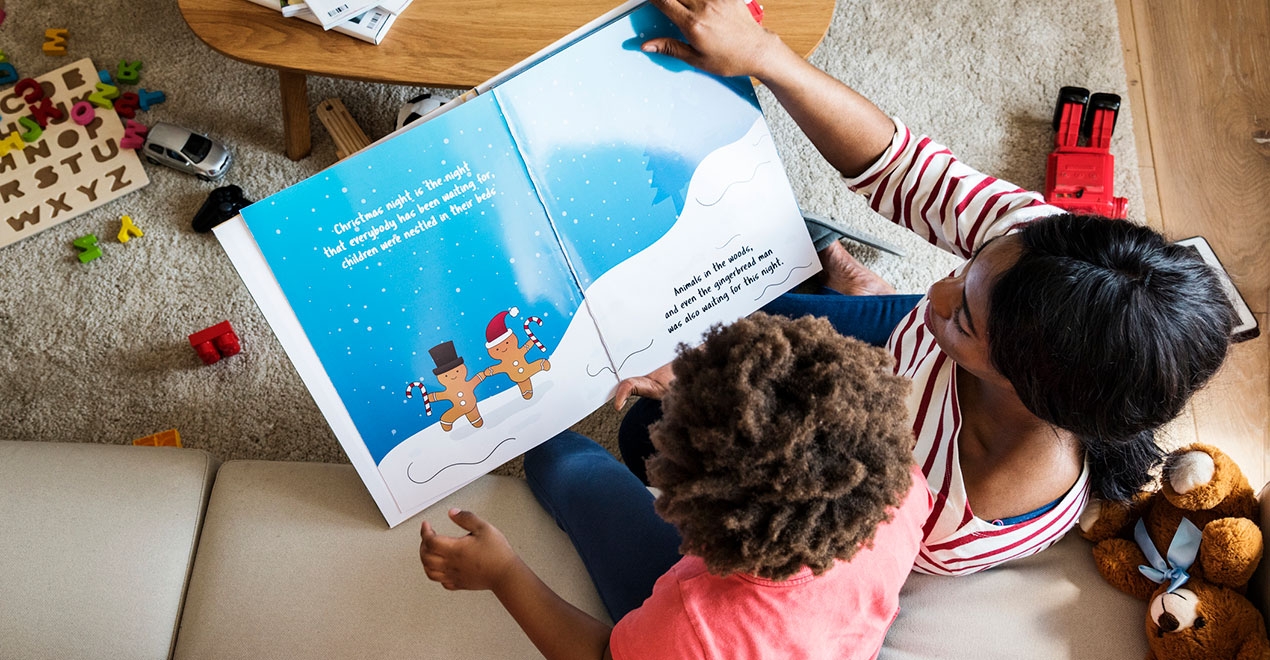 |
| Photo: readingrockets |
Phonological awareness involves a group of skills. One is called phonemic awareness. This skill is about tuning in to individual sounds in a word, or phonemes. It lets people break apart a word into the sounds that make it up, and blend single sounds into words.
Once kids can work with single sounds in words, they’re ready for the next step in reading: decoding. It’s a skill that involves pairing sounds with the letters that make them. Decoding typically develops in kindergarten.
Which signs do kids struggle with Phonological Awareness?
Kids develop phonological awareness skills at different rates. Still, there are some flags that could mean kids are struggling and need more support. Difficulty with these skills can signal trouble with reading.
Preschoolers might have trouble:
-
Learning nursery rhymes
-
Counting out syllables in words
-
Noticing when sounds repeat (alliteration)
Grade-schoolers might struggle with:
-
Identifying the first sound they hear in words
-
Blending individual sounds into words
-
Coming up with rhyming words in word play
Teaching strategies for educators based on Phonological Awareness
Most kids don’t need to be taught phonological awareness. They pick it up by being exposed to a rich language environment. But some kids need to learn the skills through explicit instruction and practice.
Many teachers teach phonemic awareness in kindergarten and early first grade. The best way to teach these skills is by using structured literacy instruction. This type of step-by-step instruction teaches skills in a logical order.
Kids start by rhyming and identifying beginning sounds in words. They end by learning to add, subtract, and substitute sounds to make new words.
What do leading researchers say about this approach?Scientific researchers have shown that phonological awareness is a decisive factor in the development of reading and writing ability. Children with good phonological skills tend to read; write faster and reach a higher level. This method has been applied in more than 140 centers in more than 10 countries. And has achieved certain effects in countries such as Singapore, Thailand, China, Hong Kong... |
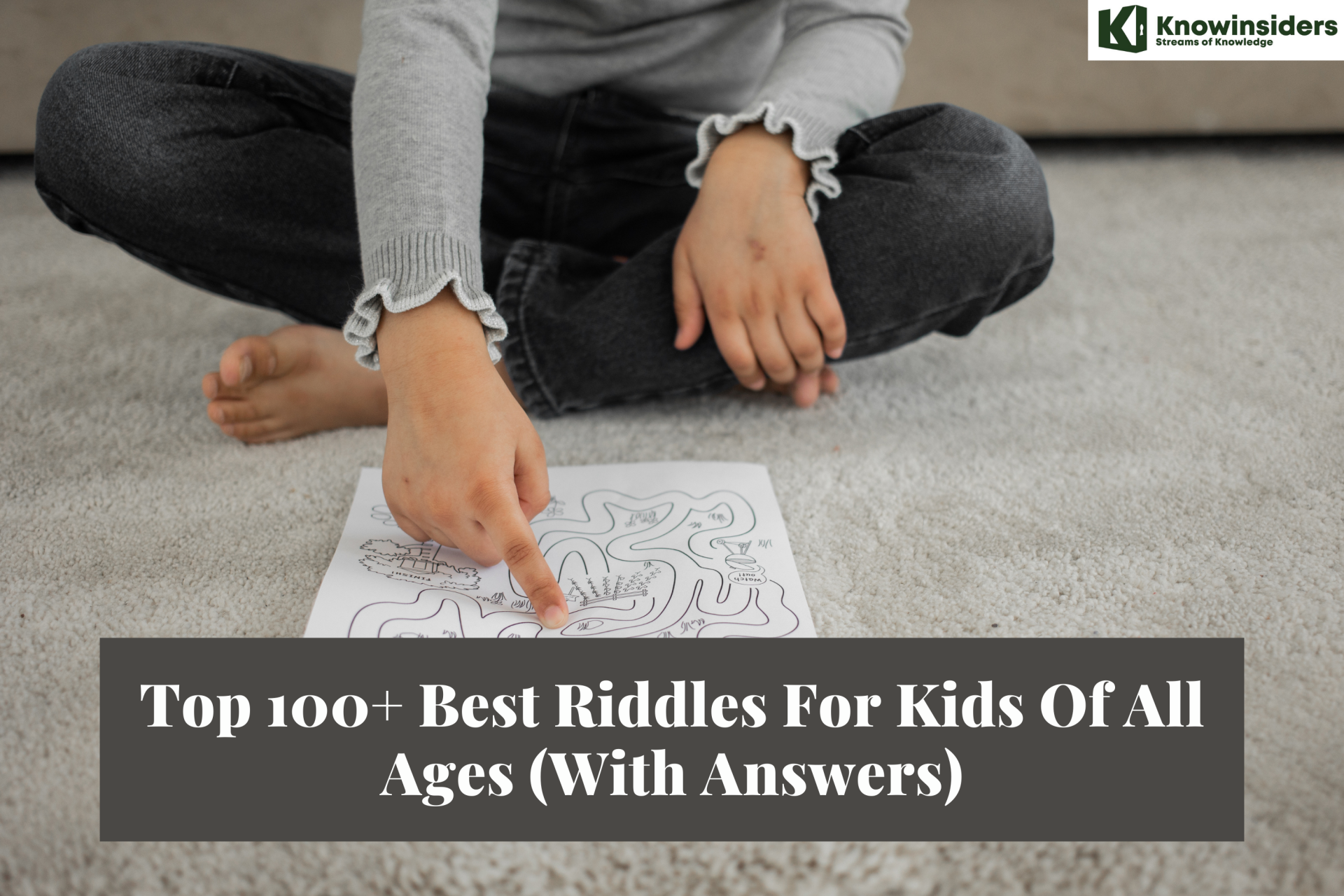 Top 100+ Best Riddles For Kids Of All Ages With Best Answers Top 100+ Best Riddles For Kids Of All Ages With Best Answers Riddles for kids may seem easy, but you'll have to be sharp to solve them. These are 100 awesome riddles for kids of all ages. ... |
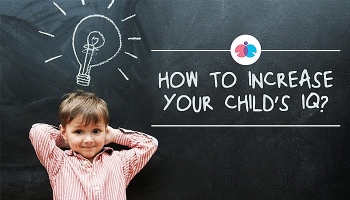 4 Simple Ways to Increase IQ for Kids: Play Games, Read Books, Exercise and Talk 4 Simple Ways to Increase IQ for Kids: Play Games, Read Books, Exercise and Talk Check out top 4 easy ways for children to have a higher IQ: Play games, read books, exercise and talk - According to Harvard University ... |
 How To Draw A Nose For Kids & Beginners With Simple Steps How To Draw A Nose For Kids & Beginners With Simple Steps The nose is one of the most important parts of the human body, and it is not easy to perfectly capture the drawing of the ... |























